Four years. That is how long my family and I lived in a roof top tent. The four of us camped almost every day of those long years—cooking outside, living outside, and sleeping between walls of canvas. As the kids grew and our journey evolved from an adventure into a lifestyle, we realized that it was time for a change. Together with my son and my wife, I converted my Defender into a hard side camper. Now, after almost two years of living with the new camper, I can look back and reflect on how we used to live and travel and how we live and travel now. And, without doubt, we know the pros and cons of both a roof tent and a hard-side camper.
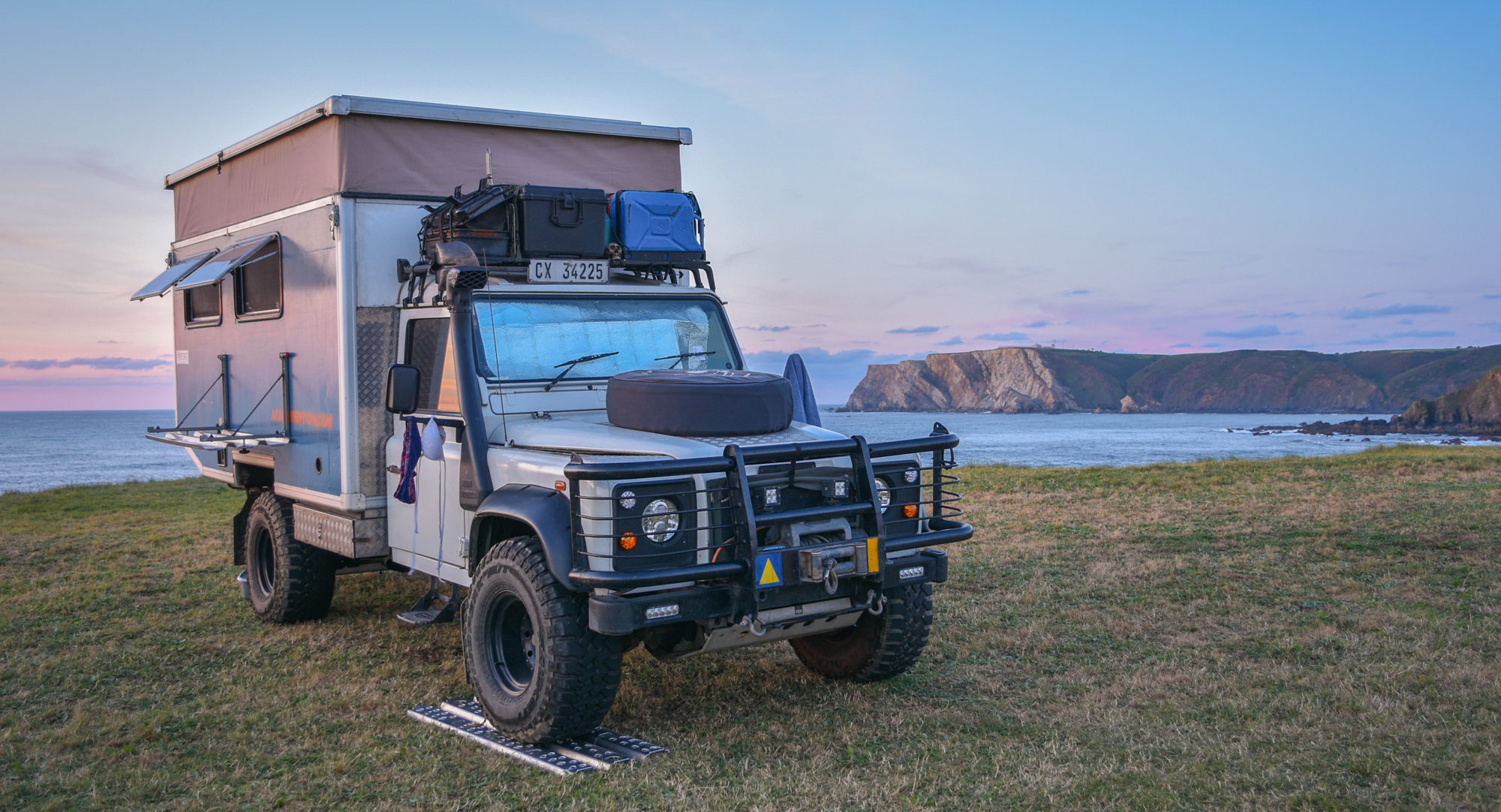
The Rooftop Tent (RTT)
The rooftop tent is not a new concept, in fact, people have been putting tents on top of wheels since they had both, but the popularity of the RTT really took off in the 90s when more people began to enjoy the mobile, outdoor lifestyle. These days, there are more brands of RTTs than there are vehicles to mount them on (I may be exaggerating, but not much). With competition comes a price war and often quality can suffer. We used the Howling Moon RTT (1.2- x 2.4-meter Tourer, 2.4- x 2.4-meter open) and can confidently recommend this tent.
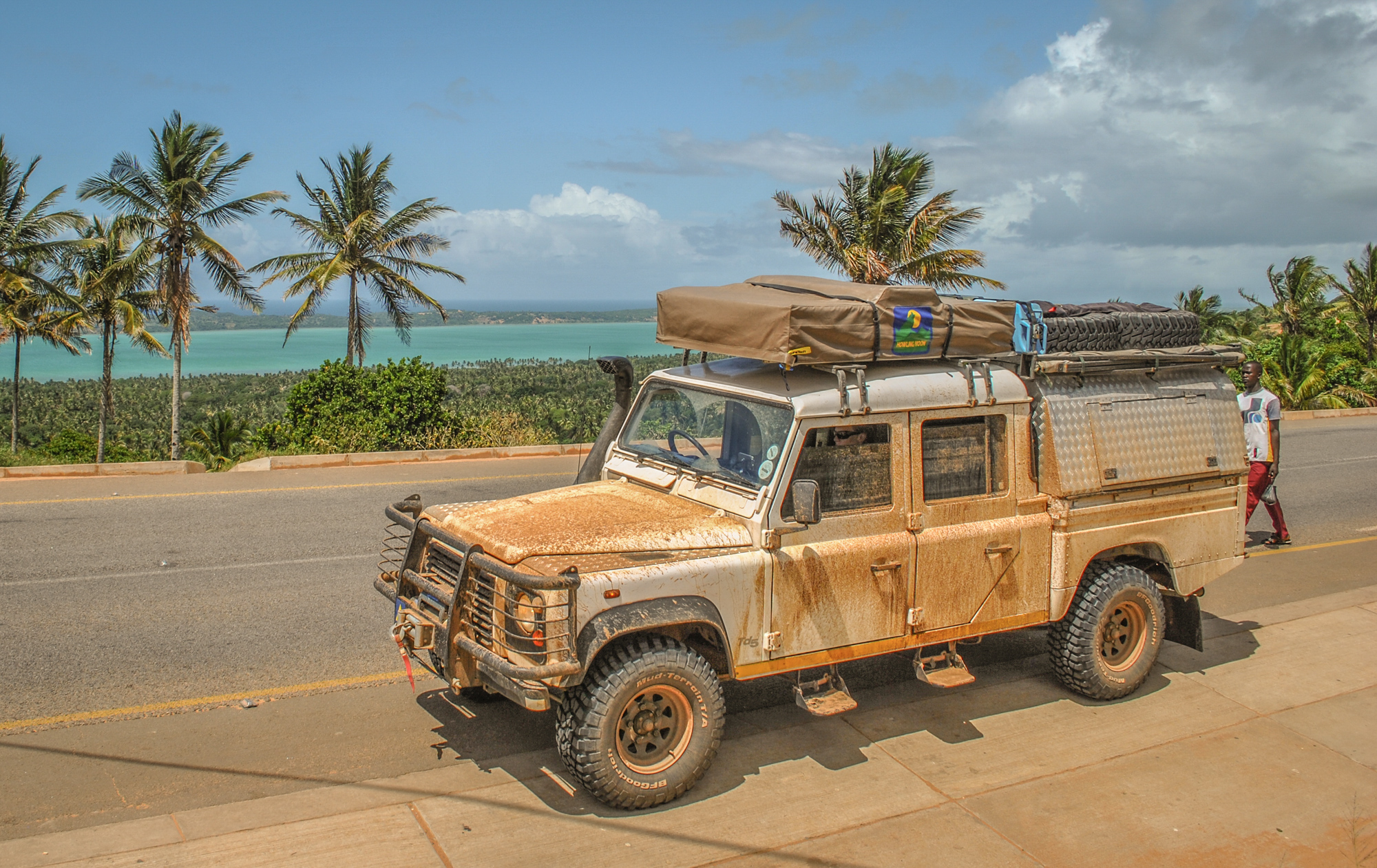
Pros
– Converts almost any four-wheeled vehicle into an instant overland/camping vehicle. Yes, we have seen them on everything from Mini Coopers to the huge “Why the heck do you also still need a RTT” overland trucks.
– Relatively cheap and easy to install. Pro tip: you do not need an expensive and heavy roof rack to mount a RTT; load bars are usually perfect for the job and are lighter and cheaper. Buy the best tent you can afford—even after all those years of daily use our old Howling Moon RTT is still serving an overlanding family in North America, with minimal repairs.
– An elevated position forces the lion or bear to climb onto the vehicle to access the canvas-coated-sleeping meat treat and snakes and scorpions need to work extra hard to find their way under the pillow. Also, there is usually a breeze a few feet off the ground and the elevated position combined with large windows ensures that you will be cooler than in a tent on the ground. Incidentally, we never had a problem with lions, bears, scorpions or snakes.
– An elevated position also offers great views and you could spend hours in a beautiful place just lying there watching nature show off.
– Outdoor living, every day surrounded by nature and the great outdoors, the sun on your face, and the wind in your hair. Rainy days can be particularly interesting.
– Maintenance is relatively simple. Lubricate the moving parts regularly and annually treat the fabric to a thick coating of Scotchgard
– A well made RTT is sealed well when closed and dust usually wont make it passed the small gaps in the cover.

Cons
– Ants are a huge pain in the butt, especially when you eat meals in your RTT and make the rookie mistake of parking your rig with the open RTT touching a tree. Don’t ask me how, but the ants will soon figure out that the RTT is the express lane into your rig and will get in everywhere, including inside the vehicle itself if given half a chance.
– The rain cover is the weakest part of the tent and will flap in the wind and will be the first part which needs replacing.
– Some RTT’s are heavier than others and combined with a raft of expedition gear can make the vehicle top heavy and may exceed the manufacturer’s limit for roof loads. The Land Rover Defender has a maximum roof load of a ridiculous 150 kilograms! My tent was 100 kilograms dry. Add 350 kilograms of humanity, three full jerry cans, a couple of bicycles, a crate full of spare parts and a spare tyre or two, and you are three times over the legal limit. Luckily, the Defender does not always do what Land Rover tells it to.
– Climbing up and down the ladders can be tedious (the midnight pee comes to mind) and sometimes dangerous (my daughter rolled out of the RTT and onto hard ground in Zambia many, many moons ago. She was fine, I just needed to carry her on my back for three exaggerated weeks).
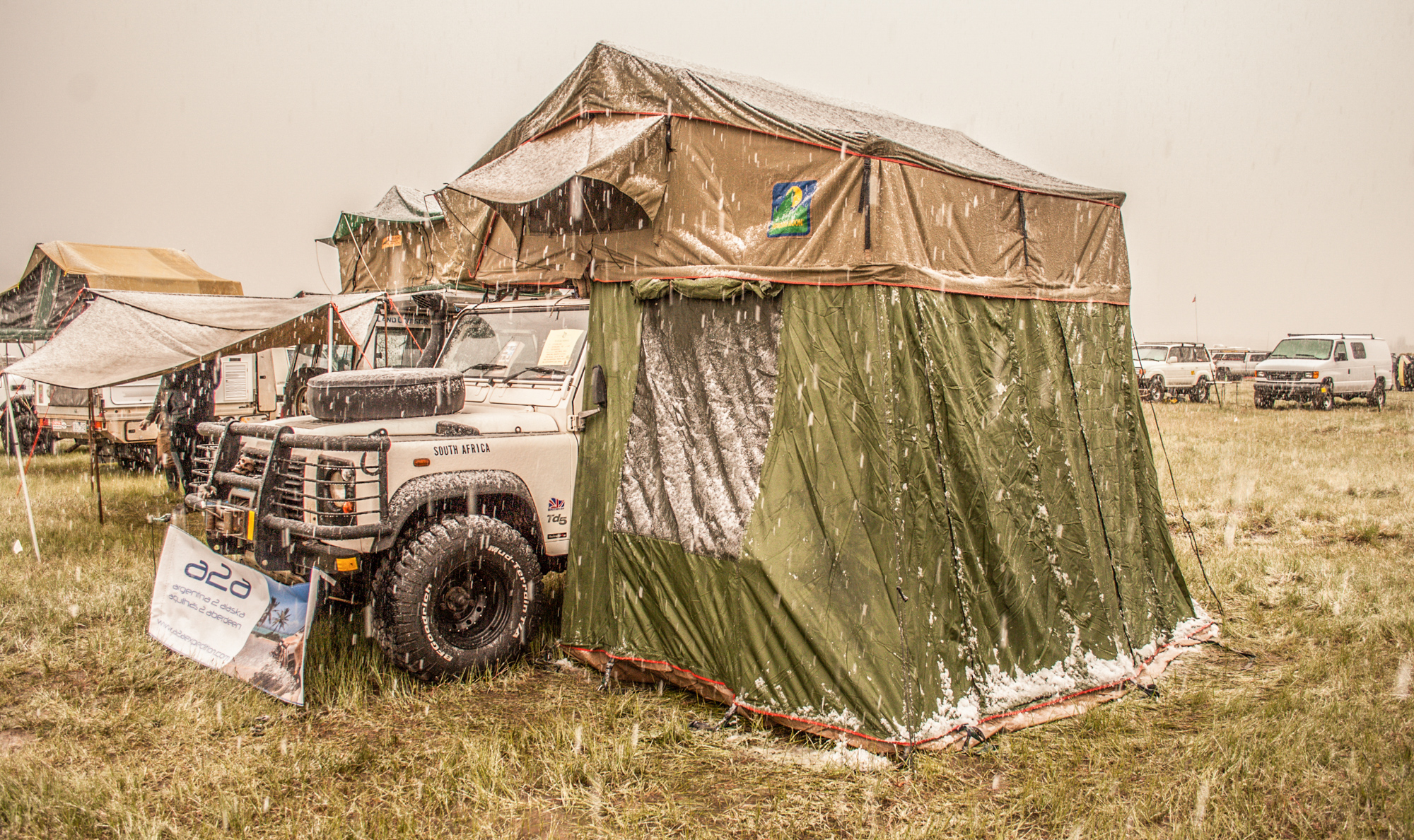
-Outdoor living, every day surrounded by nature and the great outdoors, the sun on your face, and the wind in your hair. Rainy days can be particularly interesting.
– Free camping is limited. When you need to sleep and are driving through urban areas, it can be difficult to find a safe, accommodating area to stop, open the tent, and enjoy a few hours of REM sleep. I am talking to you California. Also, overnighting in cities can be a real challenge.

– Safety. Essentially you are protected by a wall of fabric and societal constructs. In the USA, even the bravest thief wouldn’t stick their deranged melon into a closed RTT, as chances are he will encounter a fast-moving 9-millimeter projectile. At least. But there are countries where guns are essentially illegal, particularly in the hands of tourists. If presented with a fight or flee situation you may first have to fight before you can flee, simply because you have to get out of the tent, confront the threat, flip the tent closed, get in the rig, and escape. It is worth noting that in our six years, 50 odd countries, and four continents, we have never experienced this worst-case scenario.
– Damp. Moisture can seriously damage the tent fabric and it is inadvisable to close a wet tent. Instead, you will have to wait until the sun dries the tent. If there is no sun you will have to improvise (we often had to use our bathing towels to dry the tent if we needed to get moving).
– Short people can struggle to open and close the RTT. Pro tip: team work.
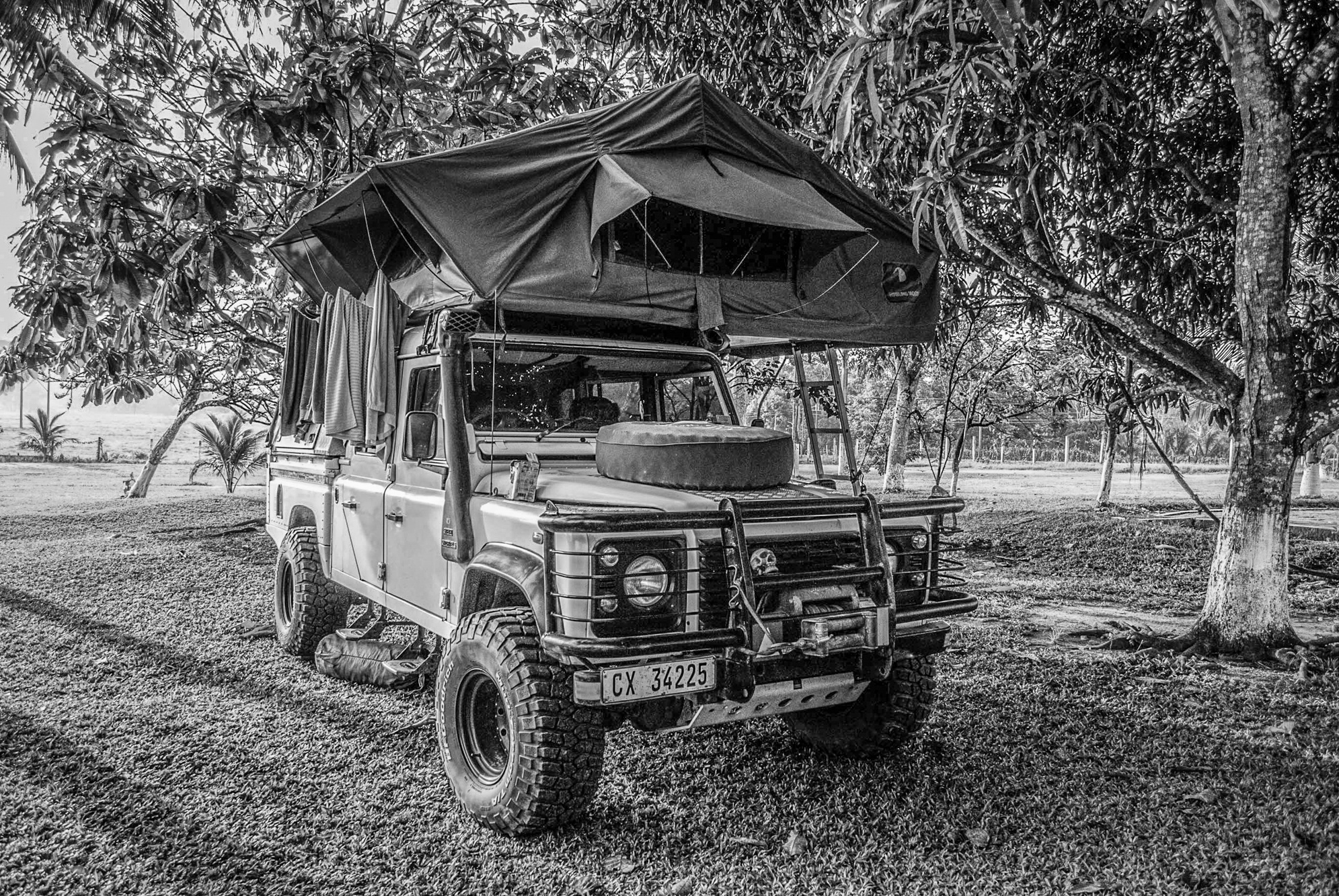
The Hard Side Camper (HSC)
My dad used to love his Jurgens caravan. He would drag that and us around every school holiday. He was a member of the local caravan club and was awarded the “Worst Husband” rotten egg award at the end of every trip. Papa thought he was a Rolling Stone.
Those comfortable holidays in a “top of the range” caravan left an impression on me. You could have almost all the creature comforts of a house, but this house was tiny and mobile. You could sleep in your own bed, eat at a table, watch a bit of TV, and go to the toilet when you needed to. After three years living in that RTT, I started dreaming of that comfortable caravan. And, although we loved that canvas nest atop the Defender, we realized that a roof tent has limitations, particularly for long-term intercontinental travel. You certainly can travel the world living out of a roof tent but we needed real living space: an area where we could sleep, cook, work, and relax—protected from the elements and in many varied locations. In late 2016, we started building our HSC and have lived in it almost every day since. For the sake of this comparison, I will focus mostly on 4WD campers with GVM similar to those of the most common SUVs with RTTs.
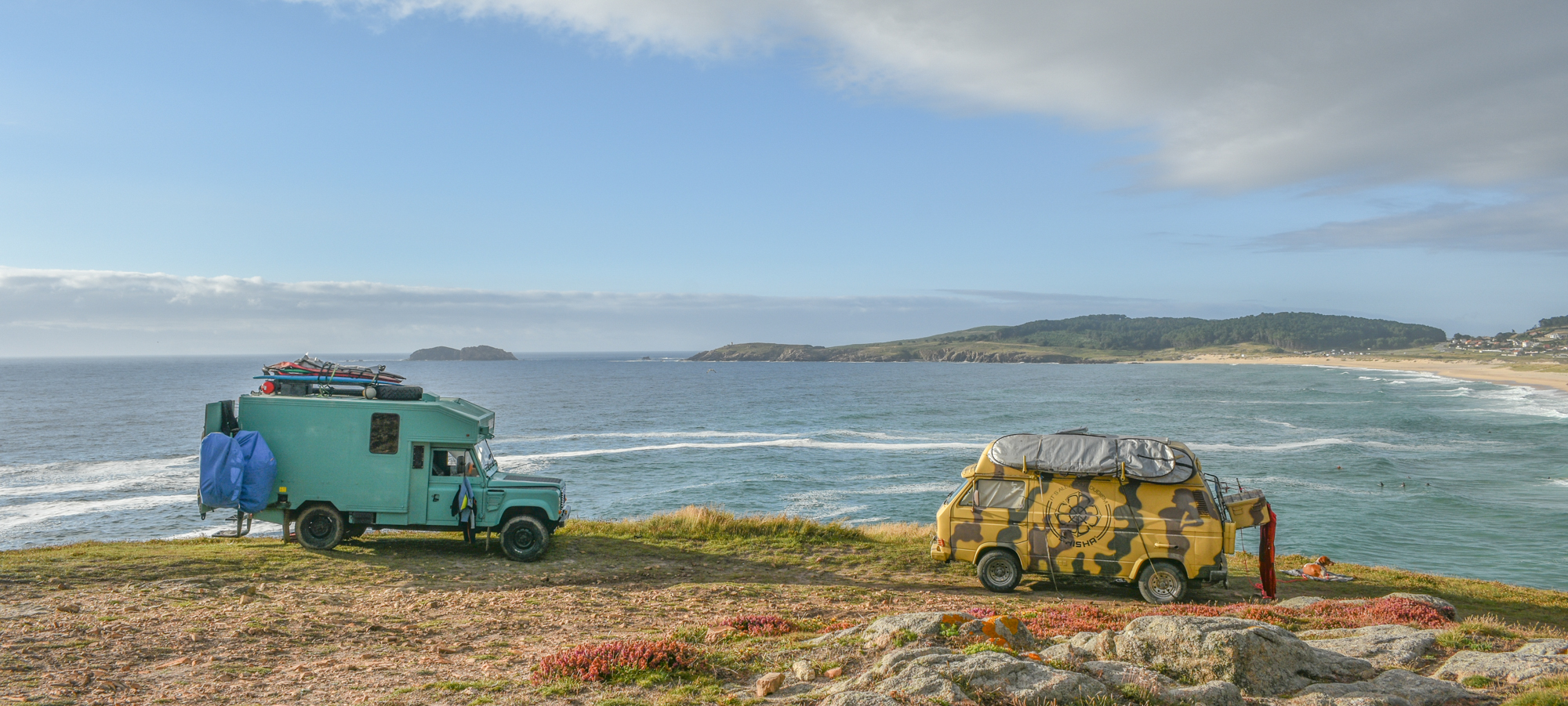
Pros
– It has hard sides. Essentially, this means less wind noise and impact, more security, and more privacy. We built our camper to have a walkthrough from the front to the rear and are able to drive even with the roof open (we built a pop-top roof). In terms of privacy we can close up the camper and do the things one needs privacy to do, comfortably.
– You can stand, cook, sit, eat, lie, and sleep.
– Depending on the size of your camper, you can have indoor plumbing including a basin/sink with running water and a toilet and a shower built in. Grey water tanks are also an option.
– The wife gets to hang photos and pictures on the walls, have colour-coordinated linen, a herb plant called basil (which she will grow attached to and refuse to eat), a carpet, cupboards, real glass glasses, and porcelain plates.
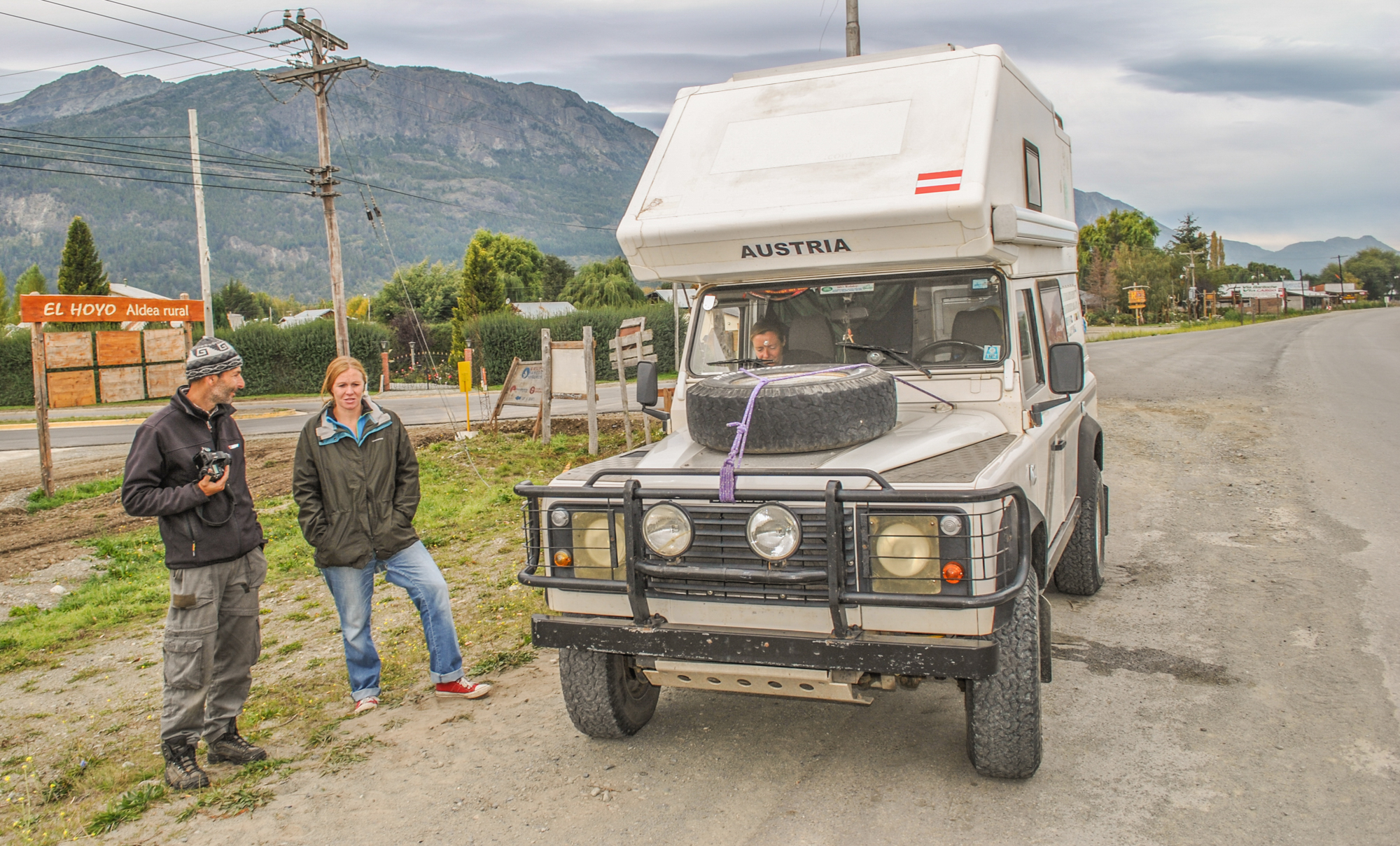
– Storage is accessible and, if built correctly, you will be able to access all of the things which you use on a daily basis without first having to get out of the vehicle, open a flap, remove a bunch of stuff, and then replace all when done.
– You can watch the kids wash dishes at the sink while lying in bed reading a book. Or they can lie comfortably and watch you do the dishes.
– With an HSC, you can camp almost anywhere and will find yourself spending much less time in paid, organised campsites and more time wild and free camping. Since the rebuild, we have been able to camp in cities discreetly by not opening the roof and closing the blinds and we have been able to free camp on the beach, in the mountains, and in many places where we could not have safely or conveniently have stayed with a RTT.
– The roof of the HSC is usually large and flat with plenty of space for solar panels and lightweight sports gear such as surfboards and kayaks. Having plenty of solar power and a comfortable sitting position allows us to work more often and be more productive than we were before, earning us more funds to spend on overlanding.

Cons
– They are expensive. All of that comfort comes at a price. We spent over $20,000 on the build of our camper even though the panels, windows, extrusions, and adhesives were supplied by Total Composites in exchange for marketing. And we still have to throw some cash at the build to get it just right for our daily needs. A RTT costs a fraction and you can spend the savings on your actual journey. (Our journey has no end date though, and eventually, the investment in an HSC will translate into savings and help us to earn money).
– If building your own or commisioning an HSC on a 4WD platform, the vehicle will usually require extensive modification, unless you opt for a 4WD van such as the Mercedes Sprinter, Sportsmobile, or Iveco Daily 4WD.
– Many HSCs are trucks, and trucks are not ideal for overlanding, particularly if you are on a budget and like to go to remote places over harsh terrain. If you have the cash and don’t mind not driving the jungle or dunes, then a truck may be just right for you.
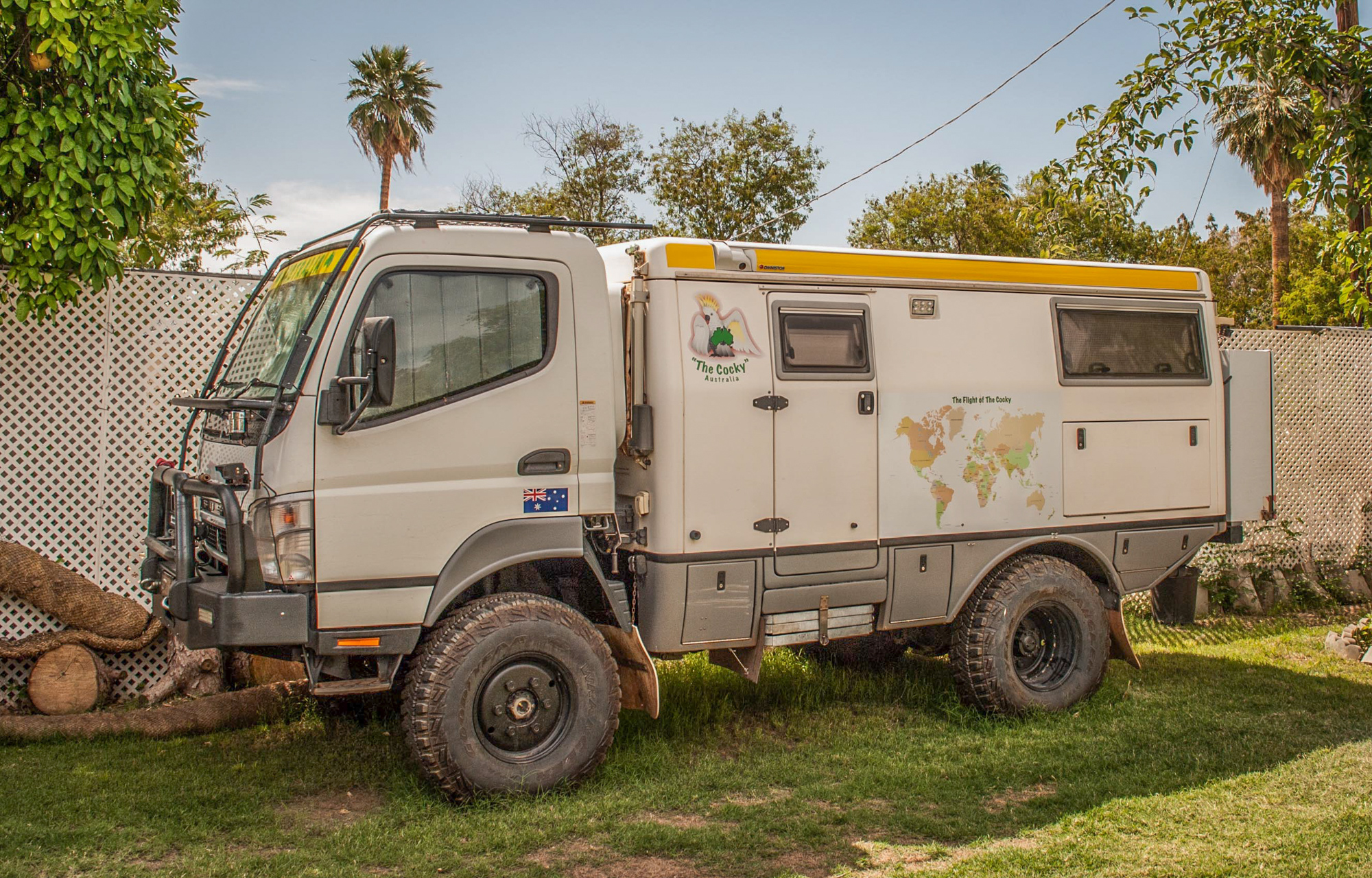
– HSCs can be wide and bulky and reduce the offroad performance of the vehicle simply because a standard vehicle is narrower and built to purpose. We have had to add airbags in the rear springs to avoid body roll and to assist the suspension with the demands of a large overhang. Though we can still go pretty much anywhere a Defender can, there is significantly more movement in the back (basil falls over, the glasses clink, and the porcelain chinks) than there was when all the gear was tightly packed in the back of the pickup. We will address this by throwing cash at it.
– Dust. On those long stretches of road, the fesh-fesh dust covers everything in a layer of white or clay, the wife gets mad, and you spend an age dusting everything off before you go to bed. Something else we need to throw cash at.

Conclusion
The Roof Top Tent is an excellent option for overlanding; it converts even your old Scoobie into an insta-overlander and you can travel the world with one—many have. But for long-term, long-distance overlanding (particularly with a family), I would choose a 4WD hard sided camper. Without a doubt.



4 Comments
Zach
January 16th, 2019 at 9:14 amGraeme, another great piece. I was just brainstorming this idea a few days ago. My wife and I did the opposite move and went from a hard sided school bus to a roof top tent and your article is 100% correct. We are currently evaluating options to not live in the RTT anymore. Cheers!
Ben
January 16th, 2019 at 11:46 amGraeme,
This was a great article and all very good things to consider when looking at a RTT and a hard sided camper. Like you said I have two kids and the wife. I have learned the hard sided camper is definitely the way to go.
Do you you happen to have the contact of the couple in the white 110 with the camper (photo 9)?
Cheers!
Adam
January 17th, 2019 at 7:59 pmYou make great points! I would love to add one of my own. Sometimes people buy into the fallacy that the greatest cost in a HSC is the initial cost. It is not… HSC are amazing, they are the mobile Ritz-Carlton’s they are supposed to be but a great rule of thumb is to expect to invest 10% of your initial investment every year back into your HSC. What we do in the overland world, no matter how “rigid” or “heavy duty” we have our HSC built, we will still need to do maintenance regardless.
I realized for myself that the initial cost of my HSC was not going to stop at the original number a few years ago. I bought a reputable name, I heard everyone say, “You never have to do a thing.” I also realized they were all the same reviews that happened to be parked in the local KOA. I have enjoyed my trips in my HSC but the upkeep between trips is why I will be listing it for sale in the spring. I need something that is ready to go at moment’s notice. With having to store my HSC at one location and drive my vehicle daily. The reward simply did not pay off for me. I have decided more times now to make split second runs with a ground tent than my mobile apartment. If you have the ability to dedicate your rig to holding your HSC full time and either store your vehicle at your home or near it, you may feel differently. I am a fairly maintenance intensive person, but even I felt like I was always fixing something every-time I stepped foot into my camper. If I buy a RTT and every 4 years have to drop the thing into a land fill I will still have spent less than maintaining my current HSC.
Andrew Stewardson
March 8th, 2019 at 8:02 amHi. Maybe you didn’t emphasize enough an HSC’s advantages relating to temperature. The insulation in a HSC’s walls and roof makes for much greater protection against the elements. I know from experience that tents are not very nice places to hang out in the cold and if exposed to the sun can become unbearable quite quickly. Also HSC’s are more able to have some form of heating. I am in the planning stage of converting my 110 from a RTT to HSC and for sure the new set up will include some form of heating, probably a gas heater, as I have one available from an old caravan.